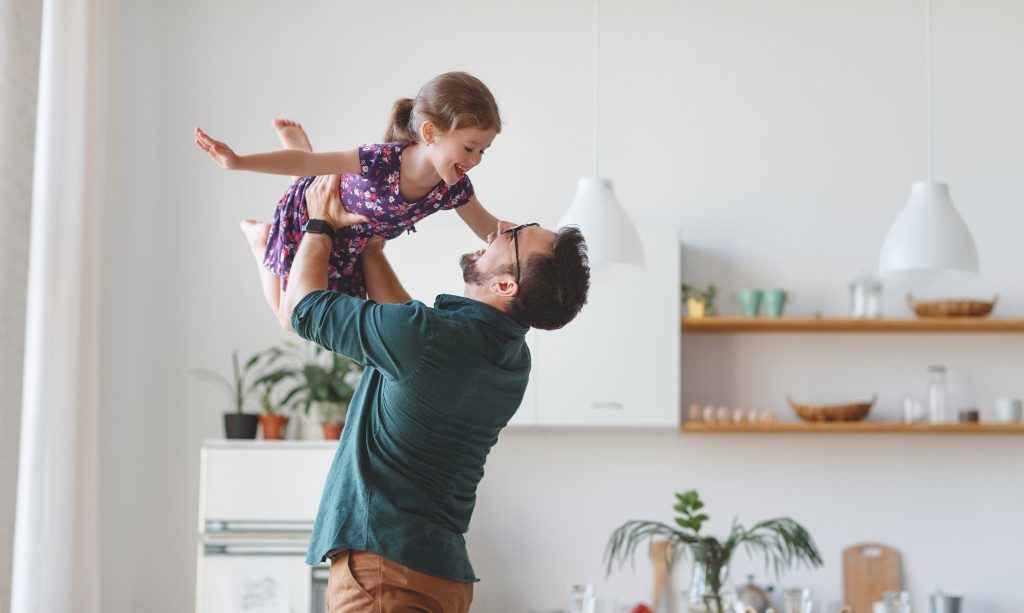Stay-at-home Dads: Challenges and Realities

You retired at age 39. You can do this if you work long and unforgiving hours as an investment banker. But at 40, you underwent percutaneous coronary intervention (PCI), otherwise known as coronary angioplasty. Doctors inserted two stents. Hours before, this was preceded by a mild to severe chest pain. Your secretary found you slumped on the office furniture clutching your chest and trying very hard to breathe. Within less than an hour, you were at the Intermountain Medical Center in Salt Lake City. The PCI procedure was immediately performed.
You have three kids, ages seven, six, and four. And you felt that life was suddenly taken away. Thus, the retirement and the entry to the beautiful world of being a stay-at-home dad (SAHD). Managing billions of dollars of funds from investors and corporations almost gave you a heart attack. Staying at home and being with your kids certainly wouldn’t be as bad. Or is it?
Buckle up and get an idea of what your world would be like.
Stay-at-home Dads by the Numbers
You’re trendy, or at least that’s what the number says. The number of stay-at-home dads increased by more than 81%, with two million recorded in 2012 from 1.1 million in 1989.
There’s no data that the threat of a heart attack is a major contributing factor to the rising trend, but research shows that dads expressed a preference to be at home with their kids. 77% of 1,000 fathers surveyed by Boston College’s Center for Work and Family, revealed that they want to be at home with their kids.
Challenges and Realities

The challenges and realities vary a little bit across social and economic strata. But whether you’re a retired investment banker with plenty of moolah set aside or a former accountant turned self-employed home-based writer, at the very core, they remain the same. Consider the following:
- Breaking stereotypes of gender-based roles. Dads are still working away at trying to break negative societal stereotypes. For example, there is the notion that you are at home because you are lazy, or that you are concern about “what the others think.” But many dads are now changing that narrative and refocusing it on the message that says, “We like this. We want this because we want to be with our kids.” Dads will fumble more than moms, but their message will be about genuine sincerity to do the job right.
- Lack of peer group. The world at large didn’t make as significant a shift as you did. Nearly 6 out of 10 people in the workforce are still males. This means that it will be hard for you to compare notes or ask for advice from your dad’s friends because you will be bothering them at work.
- Dealing with the disconnect. As a SAHD, you need to overcome assumptions that you’re not welcome in a community of stay-at-home parents, typically dominated by moms or women. The ball is in your court. Show up at the park with your kids. Demonstrate that you can engage them in meaningful conversations.
- Group advocacy. AAs are positive influences for recovering alcoholics, and the National At-Home Dad Network is for SAHDs. This group does advocacy work and educational campaigns to support SAHD, but they also create a more positive story.
The fact that you’re already a SAHD may mean that you already have the support of your spouse. Value that and always continue with a positive conversation.




